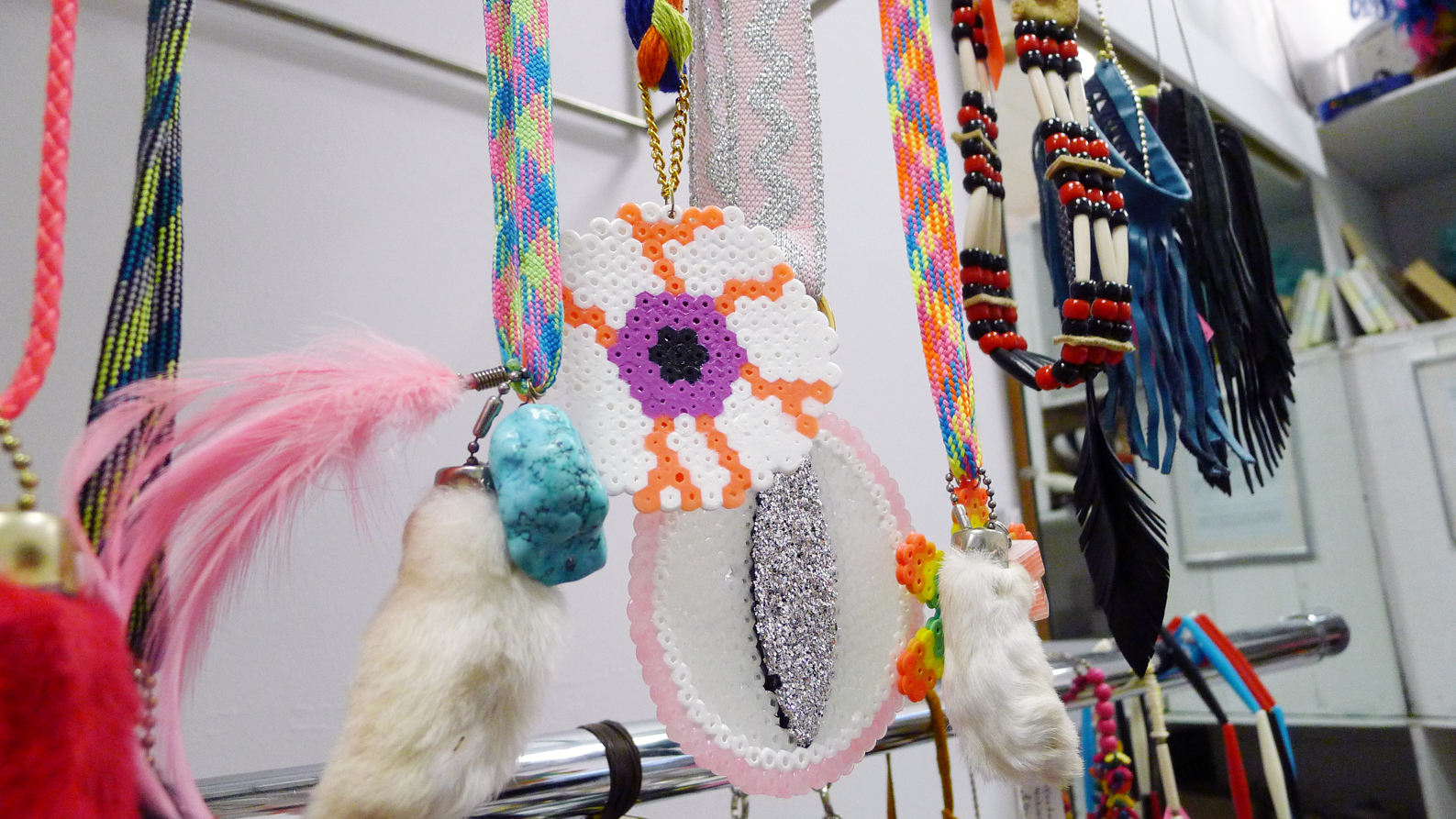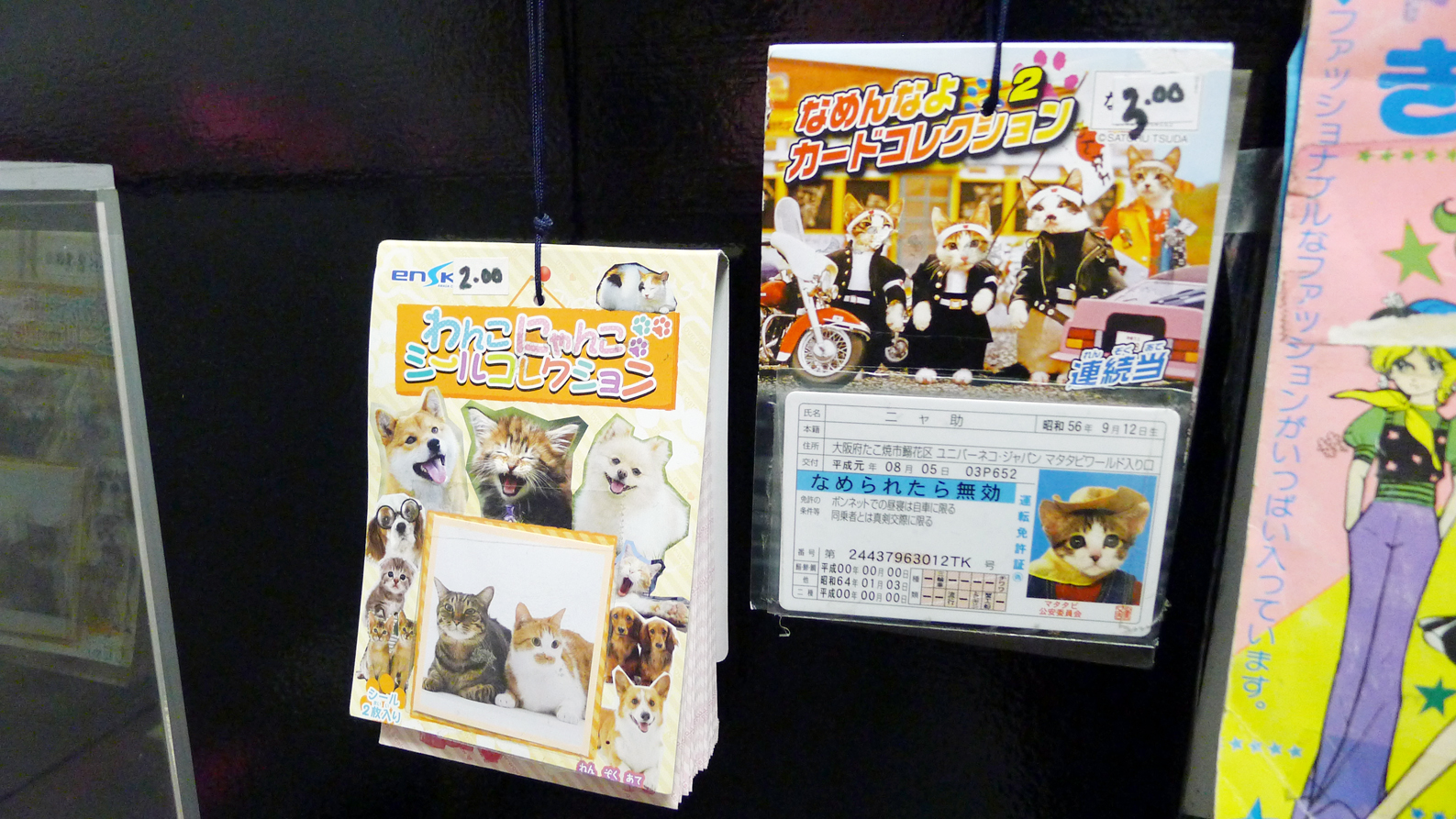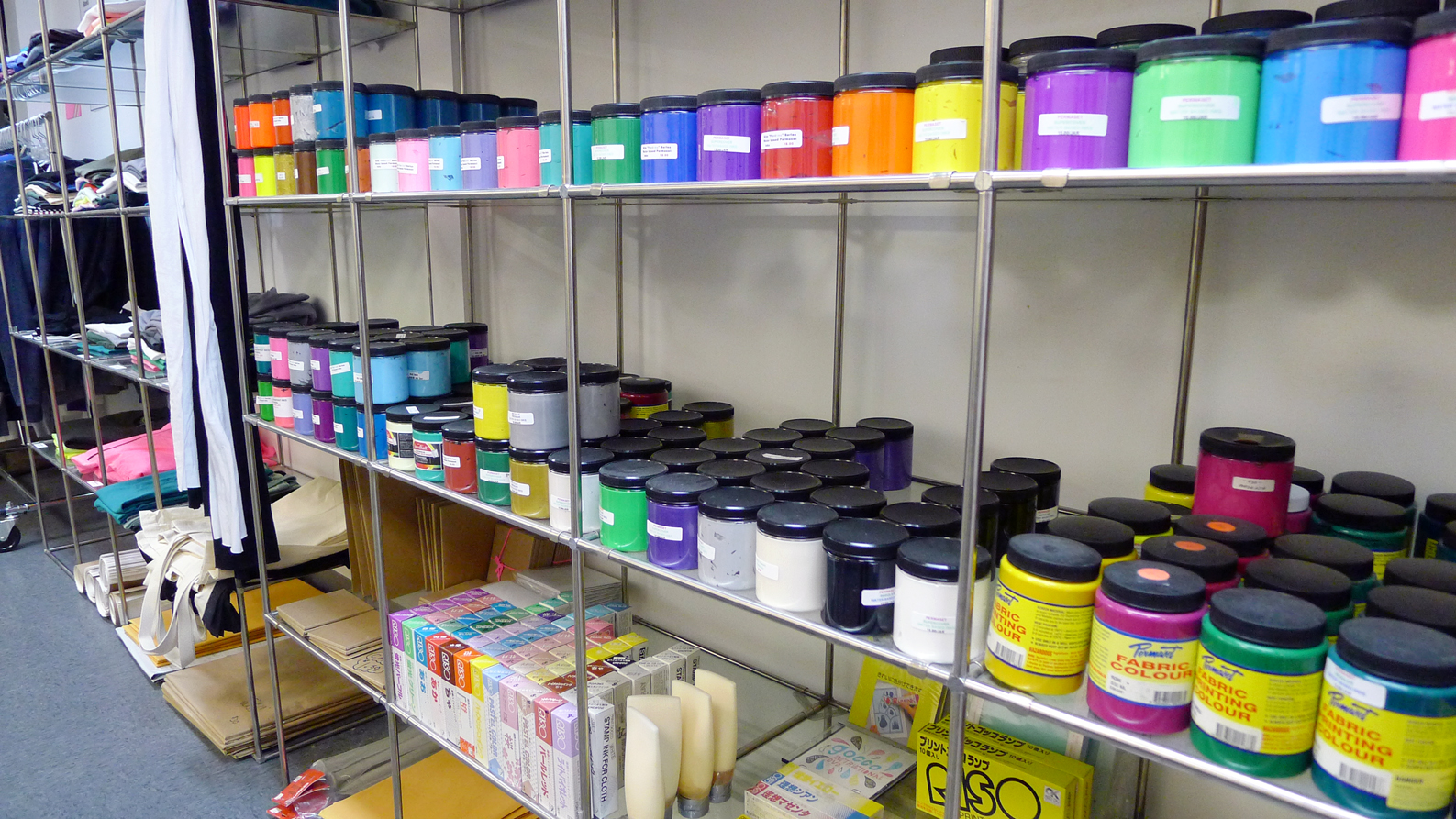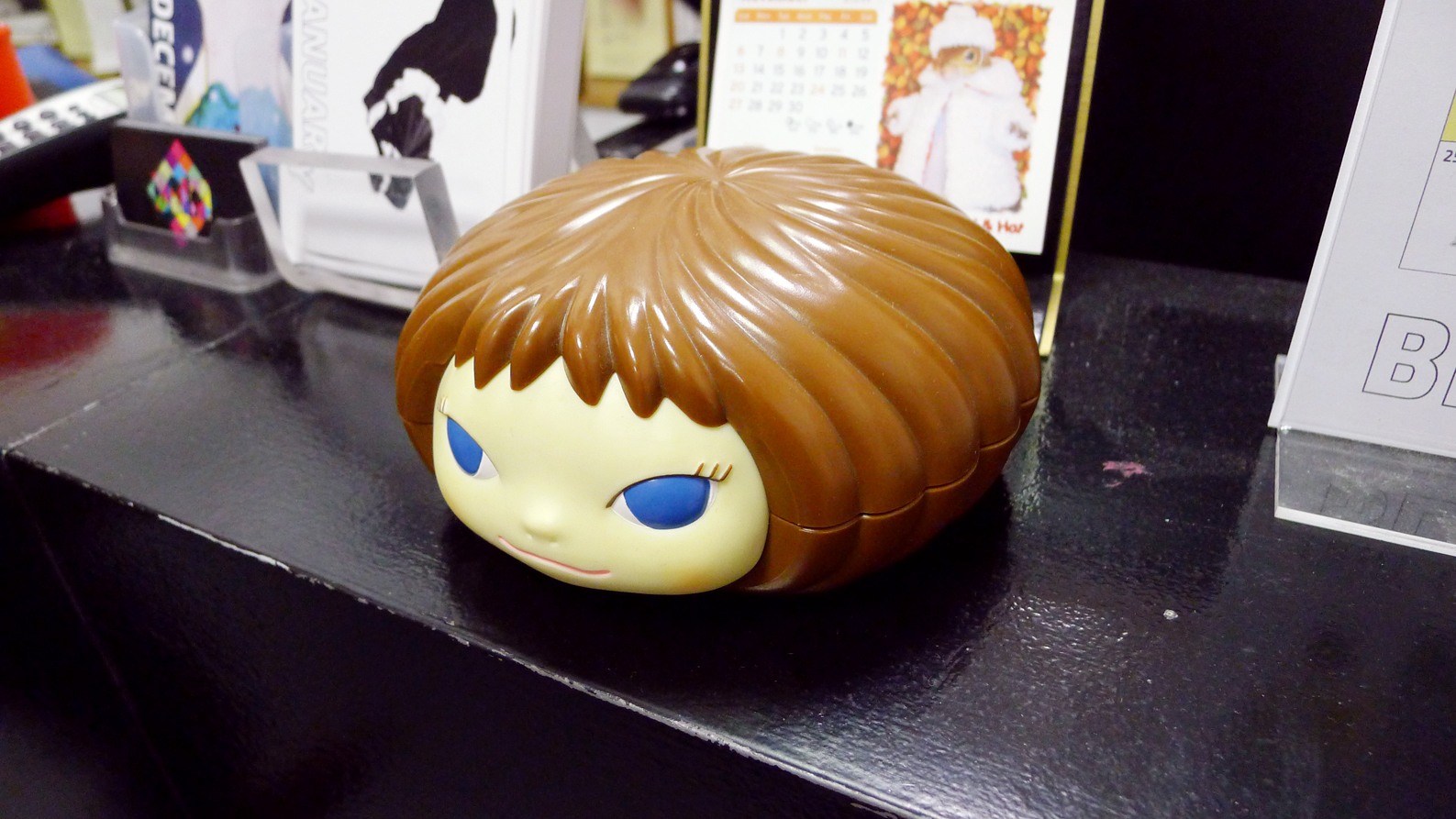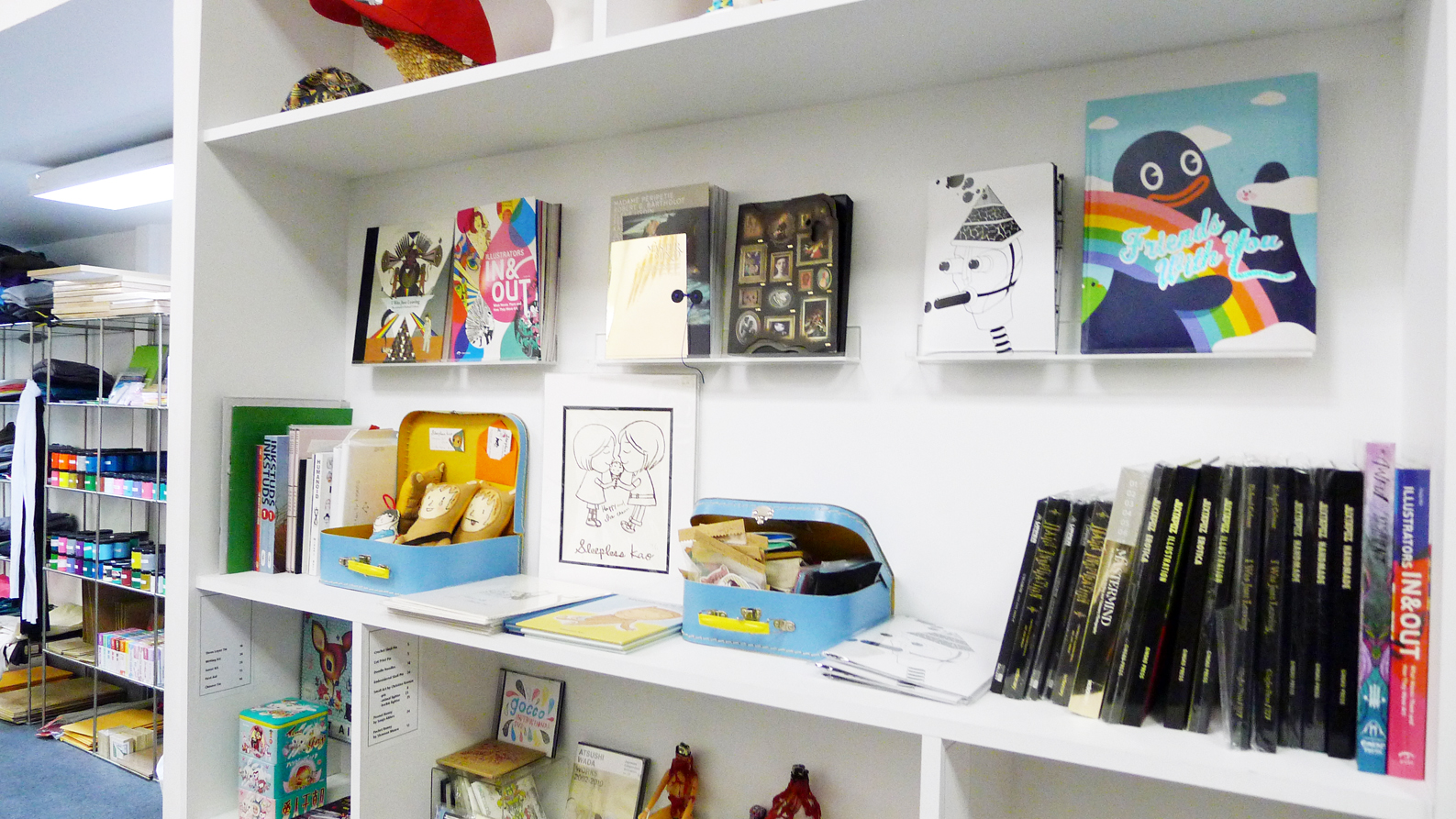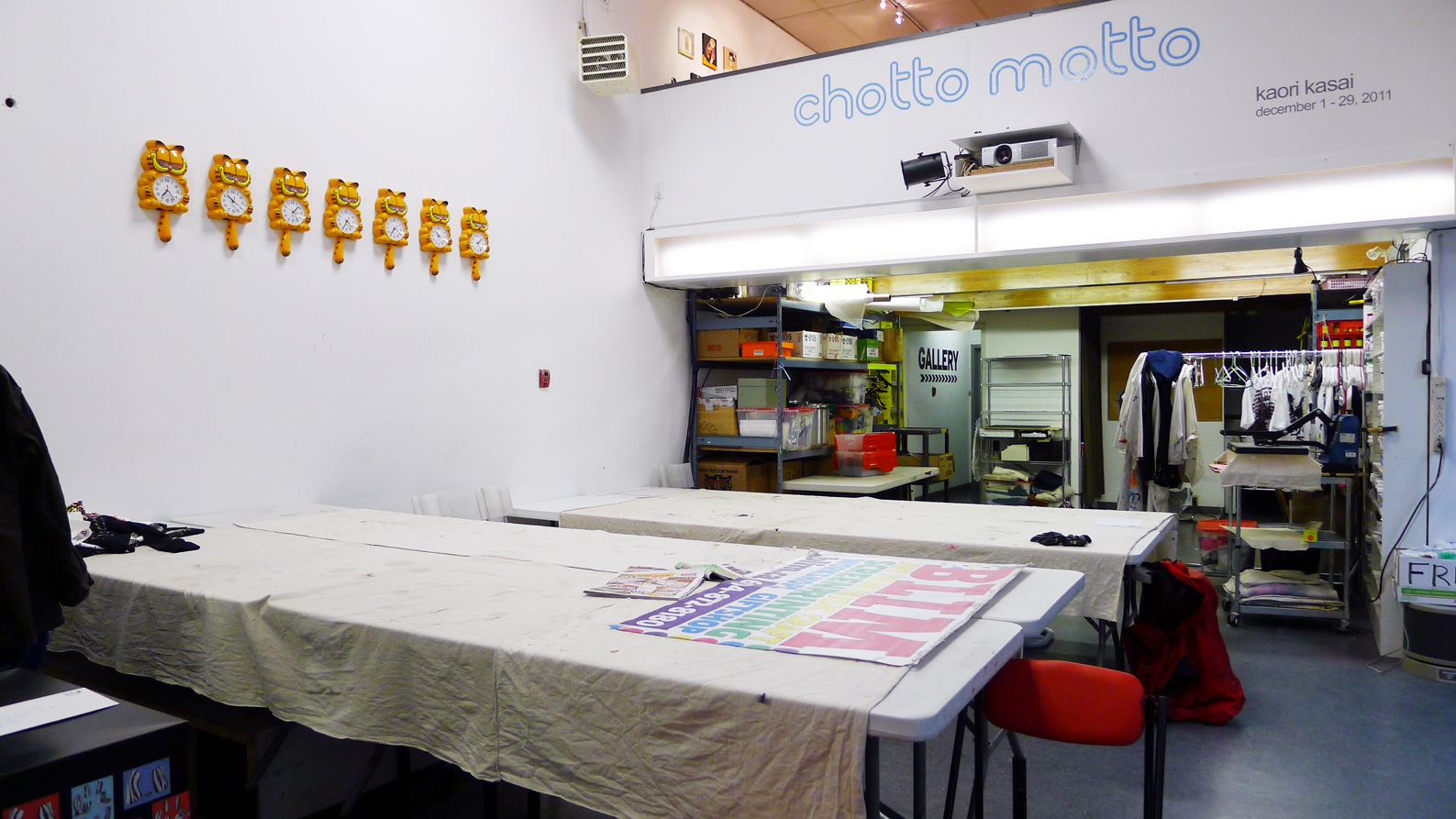Blim is an arts-and-craft facility run by the artist Yuriko Iga, and other staff members. Operating since 2003, it’s proven itself as a long-lasting creative space in the Vancouver art scene, offering workshops, putting together markets and hosting exciting events. In this Q&A we talk with Yuriko about her vision for Blim and get her to quote Debbie Harry, offer tips for independent businesses and dish on crappy zines.
Melissa Luk: It’s weird because I think Toronto needs more spaces like this. I mean, there are print studios, but often they’re so expensive just to pay for the materials and space. Blim is way more affordable. (You can make a custom button for 30 cents! Renting a screen-print table for a day is $15. More prices here.)
Yuriko Iga: We try to keep it that way. I also have this system that is highly efficient. I’m kind of proud of our system, I think it’s quite revolutionary. We’ve eliminated all the major equipment needed to screen-print, like a darkroom. But I don’t want to divulge all of it.
ML: No, no, don’t…
YI: It’s just a really user-friendly system. That’s how we can keep costs down. And we keep everything small. Because most people just want to do shirts. You don’t need to get those honking huge aluminum frames and wash them out all the time. It’s just not efficient.
Now that I think about it, this is like my Japanese side coming out in terms of spatial efficiency. And the more I think about it, I’m like…
ML: That came in handy.
YI: Yeah!
ML: That makes sense because I was always wondering, how are they make the workshops so cheap? On that note, who attends the studios and workshops that you’ve noticed?
YI: A wide range and it’s not all socially conscious people. [Melissa laughs]. You know, you always say, maybe we’re just preaching to the converted. But then we get Joe Blow from Port Alberni saying, I heard about your shop and I’m interested. When they come in they’re just like, what is this? What is this music I’m hearing? Yet they totally love it. It’s out of their element but I think because we’re open enough… We’re not like…
ML: Snotty.
YI: Yeah, snotty artsy people that are going to laugh at what they want to do. We’re all here to create. It doesn’t matter what you want to create. It’s how you do it that’s the main thing here. It’s not what you do, it’s how you do it.
ML: I like that a lot. So, was that something you wanted to incorporate into the studio and your own practice early on?
YI: That’s always been my creative process. I have an art background, but I’ve never really quite fit into the whole art scene…
ML: I remember reading that you had a cafe elsewhere, too.
YI: I had a cafe gallery [in Calgary]. I’m always interested in bridging the non-art world with the art world. I feel like the art world can be very elitist, but it also is a special place that does require a certain type of thought process.
ML: I feel like sometimes it can be quite alienating for those that don’t understand it. It’s important to have bridges that make it accessible. Which is what I like about zines and DIY culture – the idea that anyone can make things.
ML: So, any tips for running an independent business?
YI: [laughs]. Oh god…
ML: Any one-liners?
YI: I quote Debbie Harry: trust your instincts.
ML: Cool. Has that worked out for you?
YI: It kind of does. With life, with everything. I remember when we got the space, I didn’t know what we were going to do. But there was just a little voice inside my head that’s like, just do it. What’s that ridiculous Kevin Costner movie? Field of Dreams?
ML: I have never seen it.
YI: “If you build it, they will come.” [Melissa laughs] That was the little voice inside his head.
ML: And you heard that voice.
YI: [laughs] I guess so! In my own way. And also having experience in dealing with social space and creative social space; dealing with artists basically my whole adult life; organizing events and stuff in Calgary. Just incorporating what you already know naturally in a business situation gives you that key to living and working.
ML: So how do you feel about Vancouver, since you moved here from Alberta?
YI: I liked Alberta a lot, but overall it’s more conservative. It’s definitely a Reform province with the highest gun ownership in Canada. But within that comes the really interesting underground community because there truly is some form of oppression to work against. Here the oppression is not so black and white. Everyone seems to be really liberal and bohemian, but there’s still different forms of resistance. Maybe in Alberta it’s a bit more obvious.
It takes a long time to learn a city. I came here almost ten years ago and I’m still figuring it out. That’s kind of the beauty of this place. As you’re trying to figure it out you’re learning more about yourself.
I think that’s why people come back. Even though they talk about, you know, there’s not enough this, there’s not enough art… There’s always something that’s not satisfying people, yet they are compelled to be here.
Toronto offers other things that are great. Like the way people interact, there’s a way more aggressive, assertive energy to get ‘er done and it’s just not like that here. It can be really frustrating.
ML: Here, it’s more laissez-faire…
YI: But, at the same time, I think this city is becoming more proactive. It’s happening, it’s just a younger city. It takes time.
ML: Has this been what you wanted to start with for Blim?
YI: When we actually started Blim I had no idea what we were going to do [laughs]. I just found this amazing space.
ML: This one on Main Street?
YI: The one on Pender. It was in a penthouse. It was an illegal living unit and it was an entire penthouse suite… Initially it was an attempt to facilitate experimental art programs because there was a lack of space in town for presenting such kinds of shows. Now there’s quite a few, but a lot of them are underground.
ML: Really? Because for me Blim is still at the forefront of creative spaces in Vancouver.
YI: I guess forefront in the sense that we’ve survived. [laughs]. That we still exist. I could name a handful of spaces, but most of them are illegal, most of them will never live past the six-month mark and often there’s nothing to sustain them. They’re short-term, ethereal spaces. But they’re still part of the art world. Like, oh remember this space, remember Studio 54? They’re short-term projects.
The thing with Blim is… I gave it 5 years, and it’s now at eight. Oh, first I had it at one year [laughs]. I think I gave it like three months. And then I gave it one year. And then I gave it three years… and it just keeps going…
ML: Well, it’s good that you were realistic about artist spaces.
YI: I’m almost fatalistic [laughs]. I should be more positive. I’m getting there. It’s hard for me to move forward, so I just go in small increments. That was the key to this business too.
I remember my friend telling me, no matter what you do you have all the right ideas. Just implement them, but move slowly. This is a very good, dear friend of mine who has good insight into things. He said to just do it, but do it slowly and don’t try to go too big too soon. Listen to your audience, but also keep a level of integrity for yourself. Because that level of integrity is what’s going to drive you to continue being interested in what you do. If you give it all to people, then you lose that desire to keep going.
Does that make sense?
ML: Yeah, yeah I really like that.
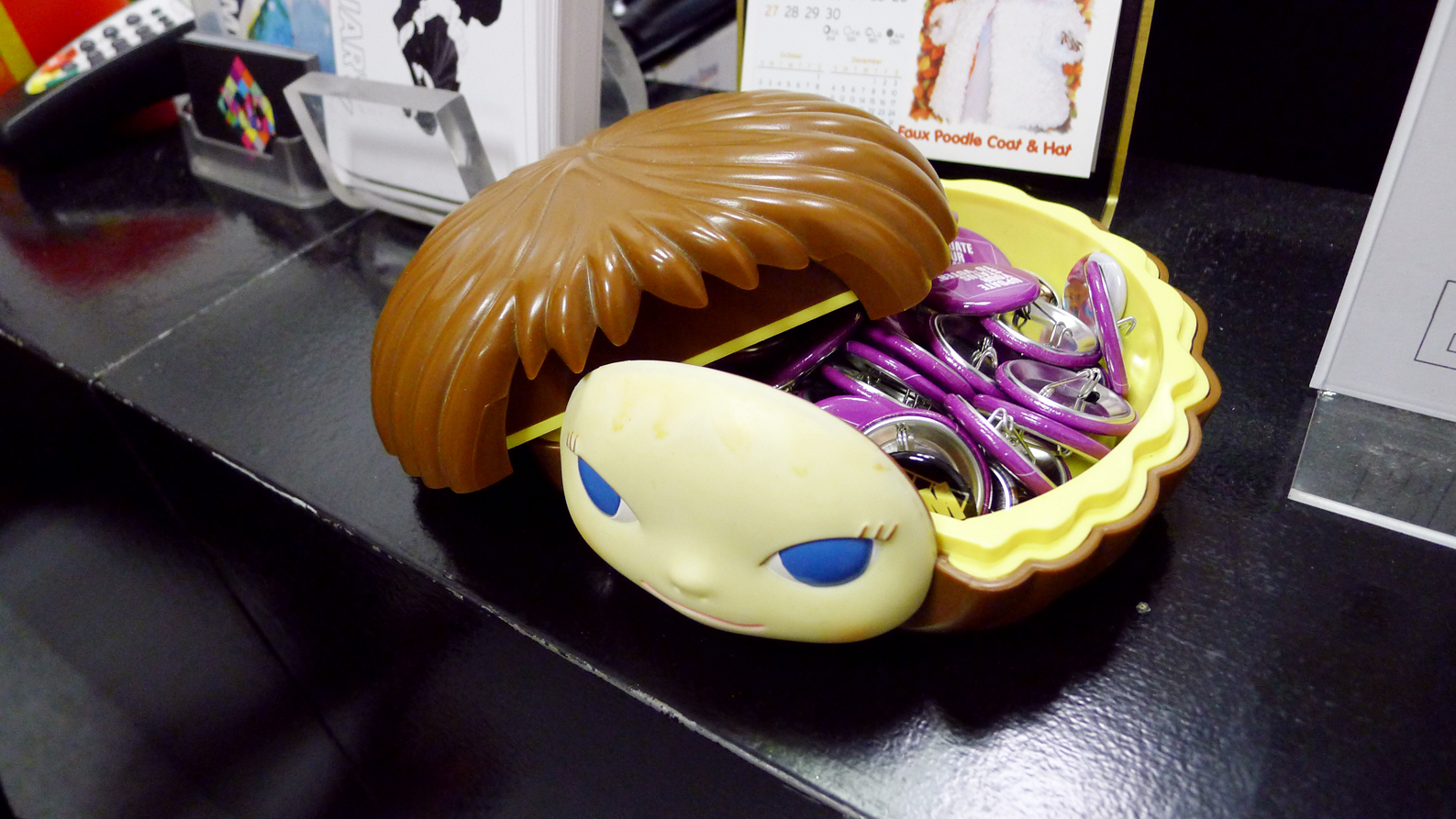
YI: I think that’s the key to a lot of small business. It’s possible, but you just have to be very pragmatic. It’s just been a slow kind of opening up, of giving, but also conserving. Sustaining and giving.
ML: Yeah! The idea of conserving is really interesting because you do have to have some energy left over to run a business.
YI: So if we were to tie this into zine culture, it’s something you can basically start up with next to nothing. A zine, it’s the most base level of creative communication out there. Paper, pencil. But what you can do with that can be phenomenal, right? It depends on that person. If it’s taking what you have and turning it into something more. I think that’s really something special about zine culture. There’s such a diversity.
But within that it’s good to maintain a little quality too. Otherwise you’re just wasting a lot of paper [laughs].
ML: No, it’s true!
YI: I’ve seen a lot of crappy zines out there.
ML: Crappy zines really break my heart, a little bit.
YI: Well this is interesting, let’s talk about this for a minute because there are so many…
ML: Should I stop recording or…
YI: No, let’s talk about this because it’s something that I run into a lot.
ML: Like, people giving you zines to sell? Or when you’re at markets and fairs?
YI: Yeah, yeah and what about the crappy zines? It’s people reaching out and in some way creating something and then giving it away…
ML: [laughs] What I don’t get about crappy zines, since I’m doing art school and everything, is that when you have the technical ability and resources to make an amazing zine, you produce a really crappy zine. It’s like, what happened? What were you thinking?
YI: Even down to the binding and stapling of the paper. The choices that people make, it says a lot about that person. It’s a read of them when they give it to you.
ML: Mhmm, and it’s about how you respect your work too, to present it in such a poor fashion… really degrades… everything.
YI: Yeah. That’s interesting. So it’s like kind of a self-respect thing. If someone comes in here with crappy zines…
ML: Are you honest with them? Or do you just say, well, maybe come back…
YI: No, some I’ll just outright say, this is not good enough, and I’ll give them constructive criticism as to why. I’m pretty picky about the zines because we have such a small space and I just try to pick zines that I think are good.
ML: There is a good collection here.
YI: Yeah, I like it. Usually the advice is more technical stuff, because that’s what we’re about. How to make it more presentable.
If you really want to get into personal choices about subject matter, that’s very relative. But I do find, with a lot of young work, it tends to rely on shock value and I understand that. Everyone’s been there, right? But there’s also a poetic way you can present shock value.
Yeah, I mean my friends’ got this beautiful sex zine that they just put out and it’s poetic and it’s sexy and it’s shocking. It’s all those things. And they’re getting a lot of blog attention.
ML: What zine?
YI: The Star Gods.
ML: Oh! The black and white one! [laughs] I actually bought their zines when I was talking to them. I ended up getting a bunch of them.
YI: They’re lousy self-promotors, but they’re really good artists. I’m just as bad too! It’s hard to produce and be aware of your community because you’re so busy working on what you do. That’s my next step, getting back into outreach because I’ve been in my little Blim world for too long, just creating here. But there’s amazing shit happening everywhere and I want to know and make connections again.
ML: I think that’s why large businesses have publicists and PR people. The more I think about it, the more it makes sense because you are so highly involved in your own business that you forget to reach other to other people.
YI: Yeah, yeah. Publicists… [laughs]. [shouts to Kaytee] We need a publicist!
KK: It’s not going to be any of us. We think Blim is publicity for us.
YI: OK, I’m sorry to be all hokey-pokey, but our publicist is the community. Its word of mouth, because they do. They talk about us, blog about us, they tell their friends. We have no budget for advertising and we’ve been really lucky in the sense that we’ve relied solely on word of mouth for promotion.
It’s a valid one that should be recognized because, again, it’s acknowledging your audience, your community. Because we give to them, they give back by telling their friends and everyone about us.
That’s a good note to end on, right?
ML: Yeah! Thank you. This was great.
Blim is currently located at 15 Pender St. E in Vancouver, BC. Open Monday – Thursday 11am – 9pm, Friday – Saturday 11am – 6pm, Sunday 12pm – 5pm.


